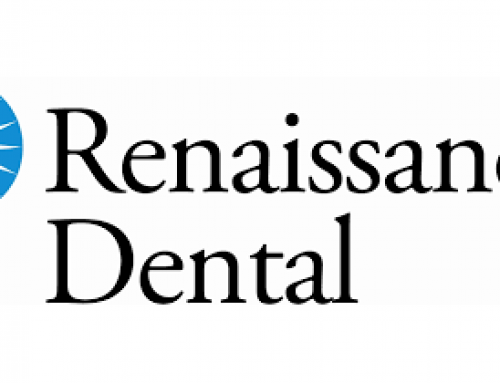Insurance plans can be difficult to translate, between the sometimes complicated coverage equations and all the important terms that you’re somehow supposed to understand. Luckily, our team at Victoria Village Dentistry makes your dental health a priority, and for us that includes giving you the information to effectively navigate the tricky insurance plan. We produce blogs for many of the insurance plans accepted at our dental practice, which you can find on our page, Your PPO Dentist.
But before you head over there, familiarize yourself with the language of dental insurance. In just a few minutes, you’ll be an expert at dental insurance terms. After that, we’ll direct you to more information about your plan.
First of all, what’s a dental PPO plan?
 It’s the insurance plan you’ll need to see one of our expert dentists. PPO stands for Preferred Provider Organization. This means your insurance carrier has built a network of providers which you can see for covered and reduced-cost services. Unlike with an HMO plan, another common insurance plan, you can see doctors outside of your network. However, you save much more money by seeing a PPO provider, like Dr. Desar. You can almost always find out if your dental insurance is a PPO plan just by reading its brief description. We’ve outlined several accepted PPO plans on our insurance page.
It’s the insurance plan you’ll need to see one of our expert dentists. PPO stands for Preferred Provider Organization. This means your insurance carrier has built a network of providers which you can see for covered and reduced-cost services. Unlike with an HMO plan, another common insurance plan, you can see doctors outside of your network. However, you save much more money by seeing a PPO provider, like Dr. Desar. You can almost always find out if your dental insurance is a PPO plan just by reading its brief description. We’ve outlined several accepted PPO plans on our insurance page.
What’s a provider, and how do I know if it is in my network?
This is just an insurance term for medical care professionals, such as a dentist or an oral surgeon. The easiest way to find out if a provider is in your network is to see if they accept your insurance plan. If they do, then you’re covered! See if the providers at our dental practice accept your insurance by looking at our dental insurance page or calling our office.
What services are covered by my insurance?
This varies, based on your plan. Most plans have a deductible, which is the dollar amount you must pay before the insurance will pay. This is an annual amount set per individual or per family. After your pay this amount, or if you don’t have a deductible to begin with, you will usually pay coinsurance. This is a percentage of the cost of an eligible service that you pay, and your insurance pays the rest. If a treatment is 80% covered, you will pay 20% of the cost. If it is 100% covered, you don’t have to pay anything! Not all services are covered equally in a plan. Coverage is separated into four categories: preventive, diagnostic, basic and major services. See the blog for your insurance carrier for more information on your coverage.
How do I know what is preventive, diagnostic, basic or major care?
Services in each of these categories are specifically listed in your insurance plan. Here are some common procedures and which category they fall into:
Preventive: exams, cleanings, fluoride treatments
Diagnostic: oral cancer screening, x-rays, occlusal evaluation
Basic: simple extractions, emergency pain relief, fillings
Major: crowns, periodontal procedures, root canals, dental implants
You can always contact our office or consult your insurance plan for clarification on any services.
How is my plan set up?
Well, that depends on you. If you have dental insurance through your employer, you have a group plan. If you or your family member set up your dental insurance, you have an individual and family plan. We’ve listed the names of insurance plans we accept from 15 different insurance carriers, so you can easily look for your plan. Once yo
u find your plan, it will outline your coverage, which includes deductibles, coinsurances and maximum benefits — the maximum amount of money your insurance company will pay annually, which generally ranges from $500 to $2,000. Some plans also include waiting periods for certain services. This means you have to wait a certain number of months from the start of your current plan to receiv e coverage for the given service. Through this information which can be found in our blog or on your carrier’s website, you can determine exactly how much a service will cost you (if it costs you at all).
e coverage for the given service. Through this information which can be found in our blog or on your carrier’s website, you can determine exactly how much a service will cost you (if it costs you at all).
That wasn’t too complicated.
Once you understand these insurance terms and how to access your plan, it isn’t hard to figure out your coverage. Next, go to our list of accepted PPO insurance plans to find more about covered services from our dental practice.





